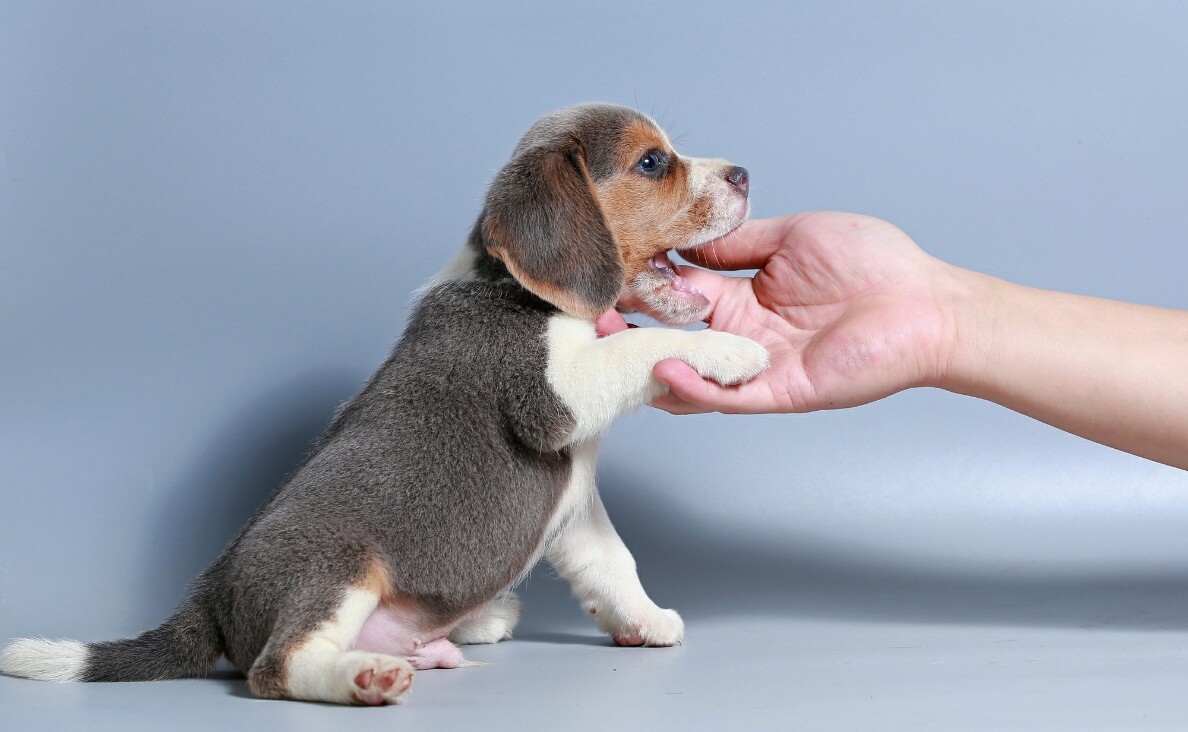
Dogs are known for their loyalty, companionship, and unconditional love, making them cherished members of countless households. However, even the most well-behaved dogs may exhibit behaviors that can be challenging for their owners. One such behavior that many dog owners grapple with is nipping. In this blog post, we will delve into why dogs nip and explore effective strategies to correct this behavior.
Why Dogs Nip
Understanding the underlying reasons behind a dog’s tendency to nip is crucial for devising effective correction methods. Dogs may nip for various reasons, and it is essential to recognize the root cause before addressing the issue. Here are some common reasons why dogs nip:
-
Playful Behavior
Dogs, especially puppies, often use their mouths to explore the world around them. Nipping during play is a natural instinct for dogs and is usually harmless. However, if not addressed appropriately, playful nipping can escalate into a behavior that is less tolerable.
-
Teething
Puppies experience teething, much like human infants. During this phase, they may feel discomfort or itching in their gums, leading them to seek relief by chewing and nipping. Understanding the teething process is crucial for managing and correcting nipping behavior in young dogs.
Read more: Teething Toys for Puppies
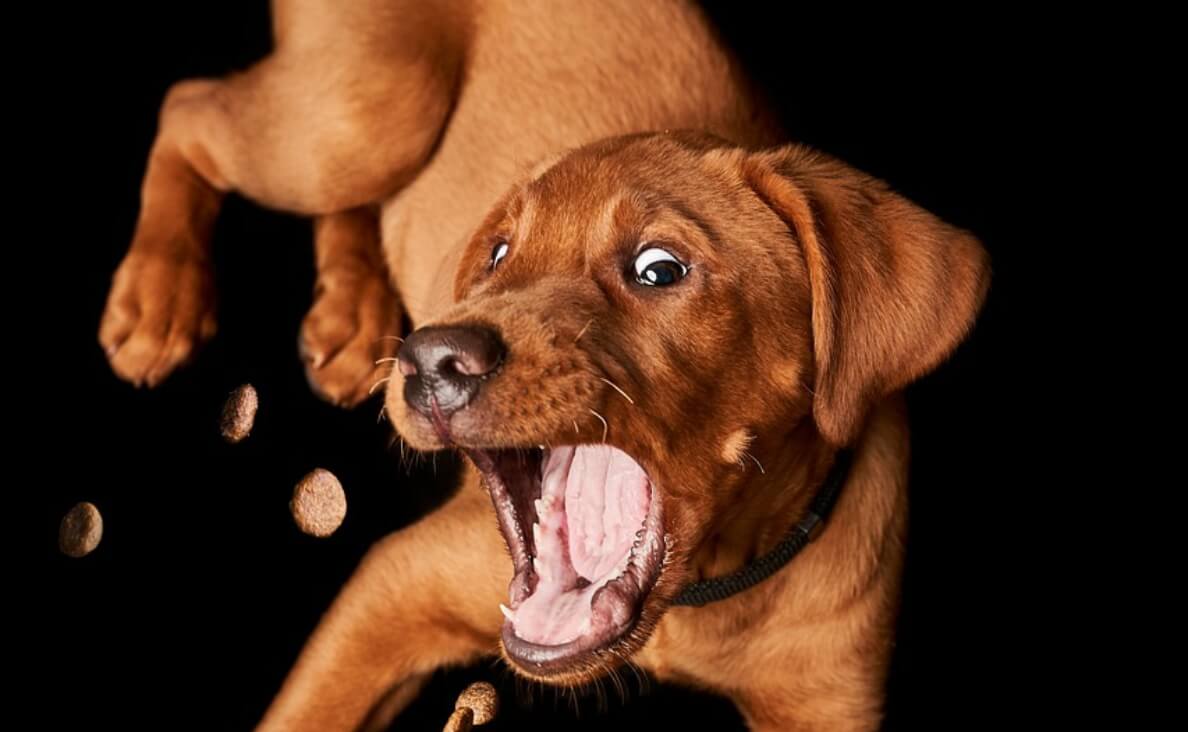
-
Excitement
Dogs may nip when they are overly excited or overstimulated. This often occurs during playtime or when meeting new people or animals. Nipping, in this context, is a way for dogs to release pent-up energy or express their enthusiasm.
-
Communication
Dogs use their mouths to communicate with humans and other dogs. Nipping can be a form of communication, signaling excitement, submission, or a desire for attention. Understanding the specific message behind the nip is essential for effective correction.
-
Fear or Anxiety
Nipping can also be a manifestation of fear or anxiety in dogs. When confronted with unfamiliar situations or environments, some dogs may resort to nipping as a defense mechanism. Correcting this behavior involves addressing the underlying fear or anxiety triggers.
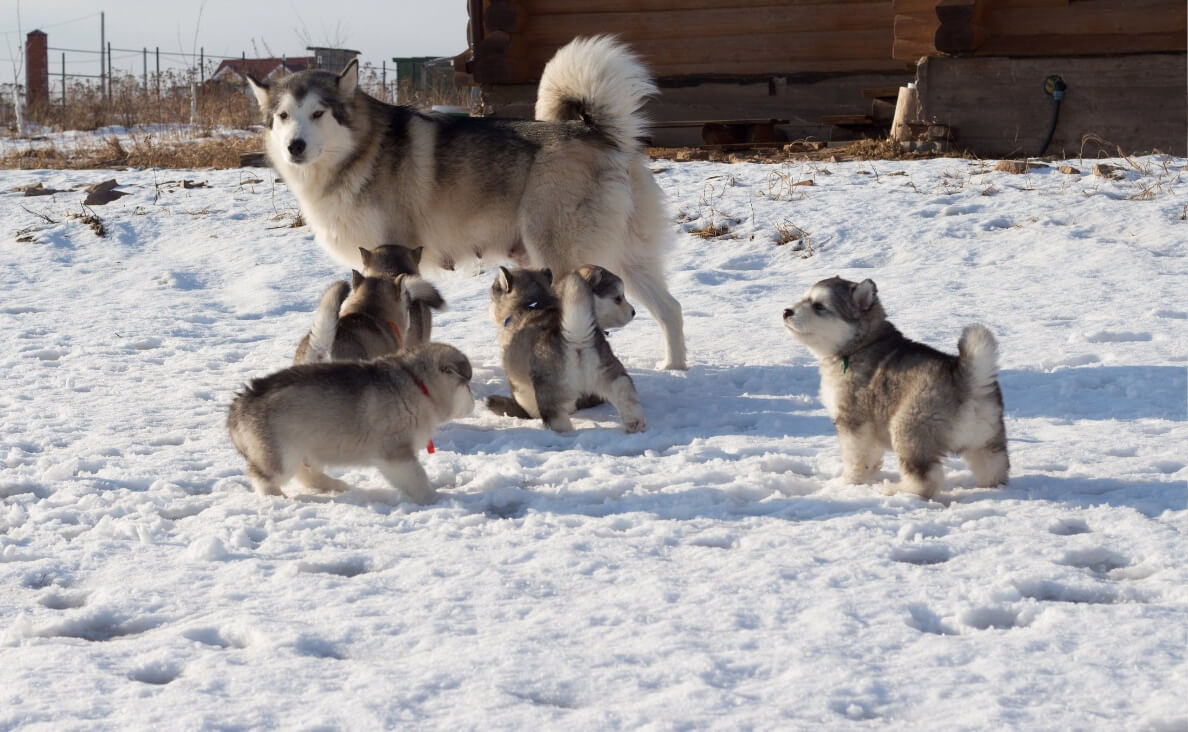
-
Maternal discipline
Mother dogs use gentle nipping as a crucial part of their parenting to correct and discipline their puppies. This behavior, often observed during play and interactions, helps teach bite inhibition and establishes boundaries. Through this natural maternal guidance, puppies learn important social skills and develop appropriate behavior, setting the foundation for a well-adjusted life within the canine community. Puppies should remain with their litter for a minimum of 10 weeks to guarantee they acquire essential skills such as proper play behavior, bite inhibition, and communication techniques from their mother and litter mates.
Effective Correction Strategies
Now that we understand why dogs nip, let’s explore some effective strategies to correct this behavior and foster a harmonious relationship between you and your furry friend.
1. Early Socialization
Early socialization is a crucial aspect of a dog’s development. Exposing your puppy to various people, environments, and other animals helps them learn appropriate social behaviors. If your dog is well-socialized, they are less likely to resort to nipping when faced with new experiences.
2. Teach Bite Inhibition
Bite inhibition is a learned behavior that involves teaching a dog to control the force of their bite. When puppies play with their litter mates, they learn to inhibit the force of their bites to avoid causing harm. As a responsible owner, you can reinforce this behavior through gentle play and positive reinforcement.
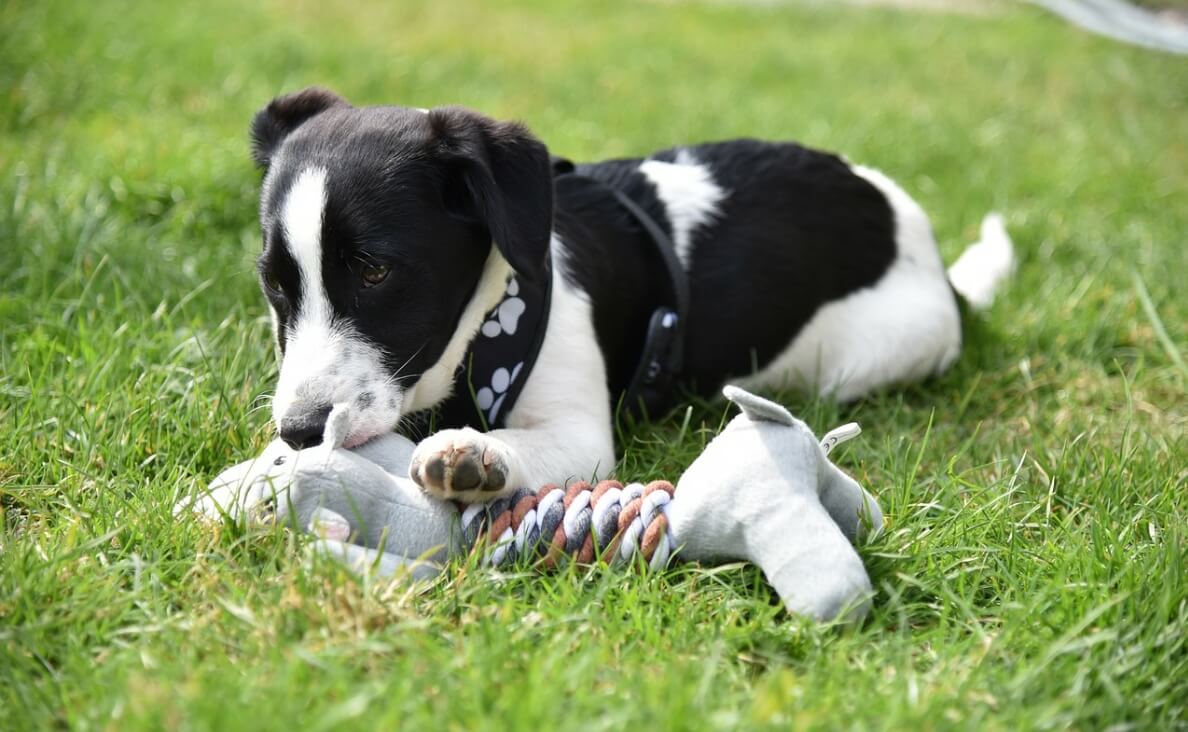
3. Provide Suitable Chew Toys
To address teething and the natural chewing instinct, provide your puppy with suitable chew toys. This not only helps alleviate teething discomfort but also redirects their focus from nipping undesirable objects or people.
4. Use Positive Reinforcement
Positive reinforcement is a powerful tool for training dogs. When your dog exhibits desirable behavior, such as refraining from nipping, reward them with treats, praise, or affection. This helps reinforce the idea that good behavior is rewarded, making your dog more likely to repeat it.
5. Establish Clear Boundaries
Consistency is key when correcting any undesirable behavior. Establish clear boundaries and consistently reinforce them. For instance, if your dog nips during play, immediately stop the play session and ignore them for a brief period. This helps convey the message that nipping leads to a loss of attention and playtime.
6. Avoid Physical Punishment
It’s crucial to note that physical punishment is not an effective or humane way to correct nipping. Instead, focus on positive reinforcement and redirection. Physical punishment can lead to fear and anxiety, exacerbating the nipping behavior or causing other behavioral issues.
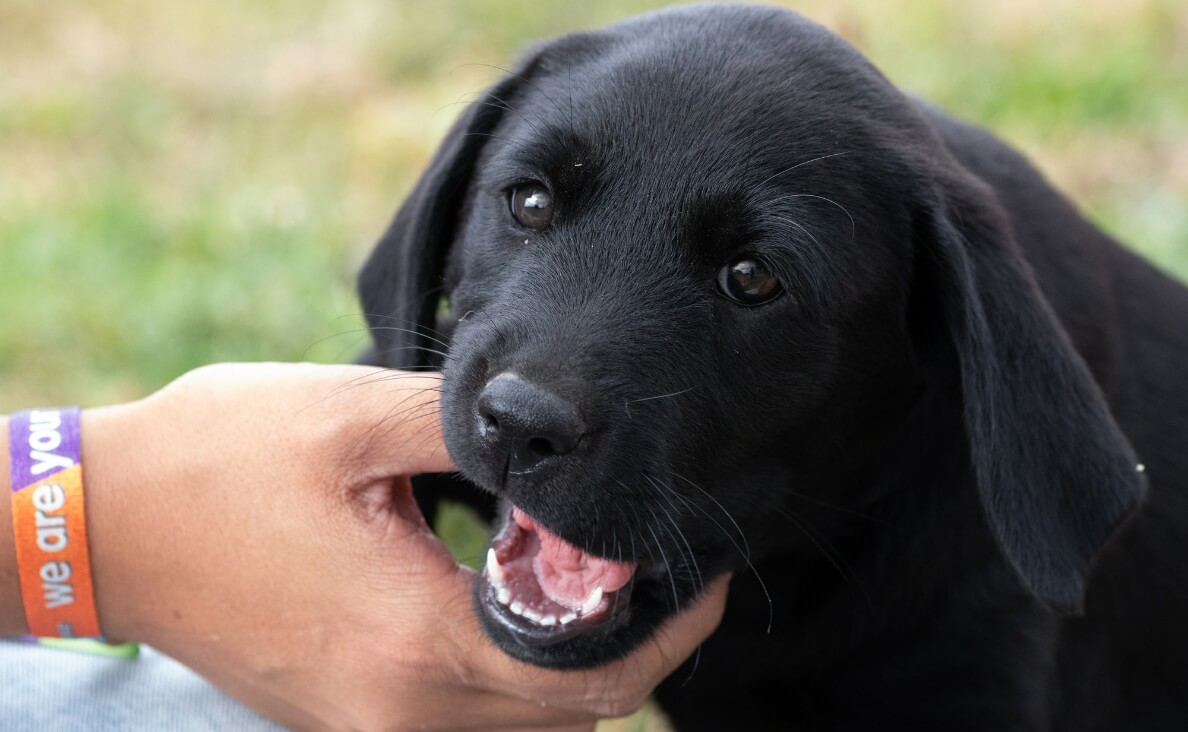
7. Redirect Attention
When you notice your dog gearing up to nip, redirect their attention to a more appropriate activity. This could be offering a chew toy, engaging in a game of fetch, or practicing basic obedience commands. Redirecting their focus helps break the cycle of nipping.
8. Seek Professional Training
If nipping persists despite your best efforts, consider seeking the assistance of a professional dog trainer. Trainers can assess your dog’s behavior, identify specific triggers, and provide personalized guidance to address the underlying issues.
9. Address Fear and Anxiety
If nipping is rooted in fear or anxiety, addressing these emotions is crucial. Consult with a veterinarian or a certified animal behaviorist to develop a comprehensive plan to alleviate your dog’s fear or anxiety and modify their behavior positively.
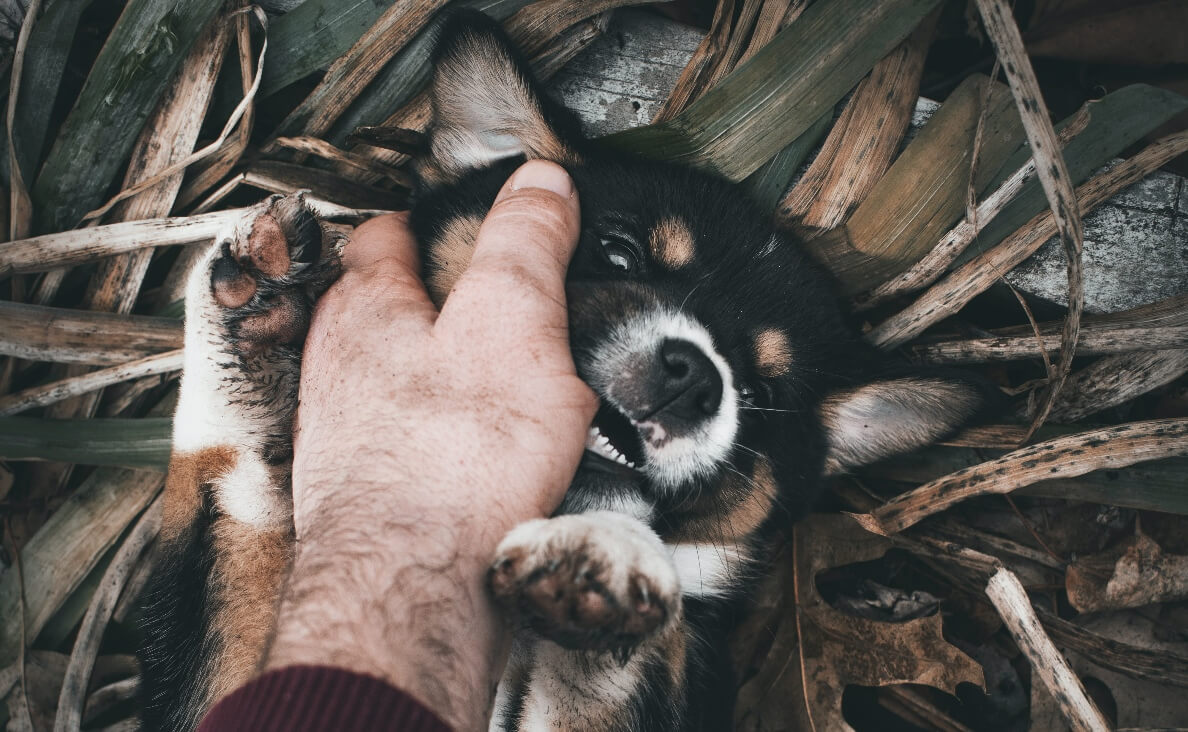
Understanding why dogs nip is the first step toward fostering a positive relationship with your canine companion. By recognizing the reasons behind this behavior and implementing effective correction strategies, you can help your dog develop into a well-mannered and enjoyable member of your family. Remember, patience, consistency, and positive reinforcement are the cornerstones of successful dog training.
What effective strategies have you used to teach your dog not to nip? Please share in the comments below…

 Teach Your Dog to Take Treats Gently
Teach Your Dog to Take Treats Gently 20 Uncomplicated Do’s and Don’ts for House Training Your New Puppy or Dog
20 Uncomplicated Do’s and Don’ts for House Training Your New Puppy or Dog 5 Things You Can Easily Forget When Training Your Dog
5 Things You Can Easily Forget When Training Your Dog How to Teach Your Dog to Speak with Dog Talking Buttons
How to Teach Your Dog to Speak with Dog Talking Buttons 10 Tips to Stop Dog Aggression Towards Cats
10 Tips to Stop Dog Aggression Towards Cats






Leave a Reply